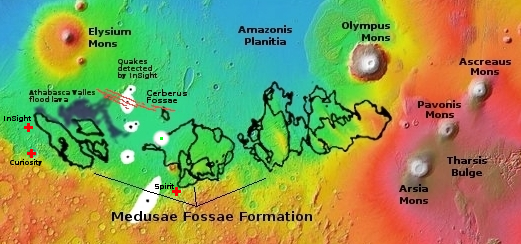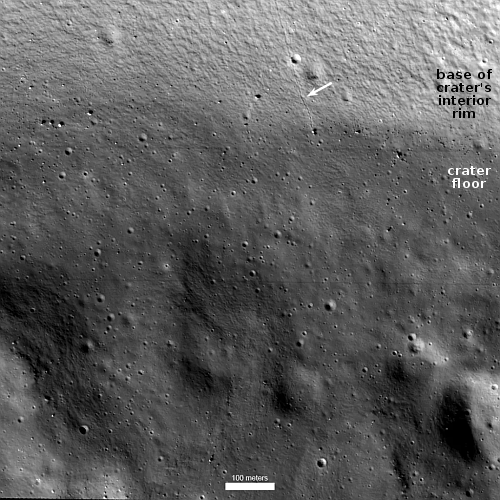Oman building its own spaceport
Oman expects to begin construction this year on its own spaceport, intended to be open to commercial launches both orbital and suborbital.
Located in the port town of Duqm, the Etlaq Space Launch Complex, a project by the National Aerospace Services Company (NASCom), could see its first rocket launch early next year.
However, it will take three years to fully complete the centre. “We have two main goals with the Duqm launch land: to build a launch centre for commercial, professional and educational rocket users to assemble, test and launch from,” [officials from NASCom said]. “The launch centre will be globally accessible for expanding rocket companies, and locally available for educational research programmes.”
Though the article at the link is not clear, it appears that NASCom is government-owned.
Oman expects to begin construction this year on its own spaceport, intended to be open to commercial launches both orbital and suborbital.
Located in the port town of Duqm, the Etlaq Space Launch Complex, a project by the National Aerospace Services Company (NASCom), could see its first rocket launch early next year.
However, it will take three years to fully complete the centre. “We have two main goals with the Duqm launch land: to build a launch centre for commercial, professional and educational rocket users to assemble, test and launch from,” [officials from NASCom said]. “The launch centre will be globally accessible for expanding rocket companies, and locally available for educational research programmes.”
Though the article at the link is not clear, it appears that NASCom is government-owned.








